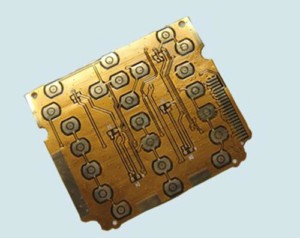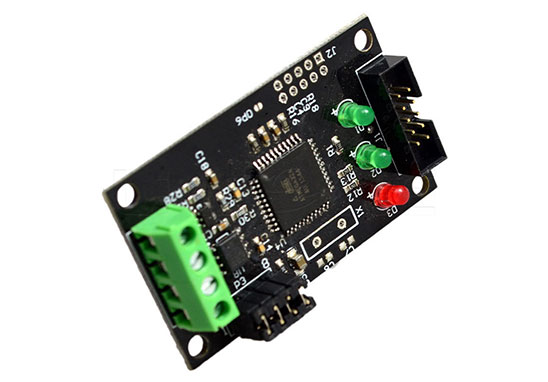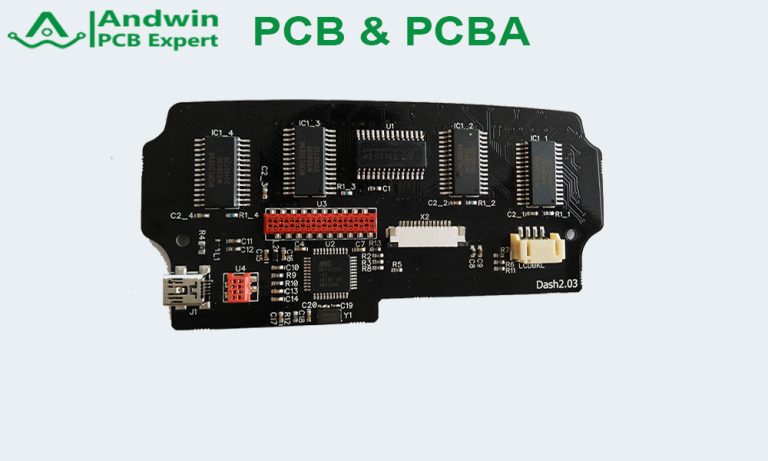Rigid Flex PCB Construction
Rigid-flex PCB construction is an innovative technology that combines the benefits of rigid and flexible PCBs. These PCBs are designed to provide the best of both worlds, offering the flexibility of a flexible PCB with the rigidity of a rigid PCB.
This technology has become increasingly popular in recent years due to its numerous advantages over traditional PCBs. In this article, we will discuss the construction of rigid-flex PCBs, their advantages, and their applications.

Construction of Rigid-Flex PCBs
Rigid-flex PCBs are constructed using a combination of rigid and flexible PCB materials. The rigid part of the PCB is made up of FR-4 or other rigid materials, while the flexible part is made up of polyimide or other flexible materials. The rigid and flexible parts are connected using a series of plated through-holes, vias, and conductive adhesive.
The construction of rigid-flex PCBs is a complex process that requires advanced manufacturing techniques. The process begins with the design of the PCB, which is created using specialized software. The design is then transferred to a photomask, which is used to create the PCB pattern on a copper-clad laminate. The copper is then etched away, leaving behind the patterned copper traces.
The next step is to drill holes in the PCB for the plated through-holes and vias. The holes are then plated with copper to create a conductive pathway between the layers of the PCB. The flexible part of the PCB is then laminated onto the rigid part using a conductive adhesive. The final step is to add the surface mount components and solder them onto the PCB.

Advantages of Rigid-Flex PCBs
Rigid-flex PCBs offer several advantages over traditional PCBs. One of the main advantages is their flexibility, which allows them to be used in applications where traditional PCBs would be too rigid. Rigid-flex PCBs are also more reliable than traditional PCBs because they have fewer interconnects, which reduces the risk of failure.
Another advantage of rigid-flex PCBs is their compact size. Because they combine the benefits of rigid and flexible PCBs, they can be designed to fit into tight spaces where traditional PCBs would not fit. This makes them ideal for use in portable devices, such as smartphones and tablets.
Rigid-flex PCBs are also more durable than traditional PCBs. Because they are made up of both rigid and flexible materials, they can withstand more stress and strain without breaking. This makes them ideal for use in applications where the PCB will be subjected to vibration or shock.

Applications of Rigid-Flex PCBs
Rigid-flex PCBs are used in a wide range of applications, including medical devices, aerospace, automotive, and consumer electronics. In the medical industry, rigid-flex PCBs are used in implantable devices, such as pacemakers and defibrillators.
In the aerospace industry, they are used in avionics and communication systems. In the automotive industry, they are used in safety systems, such as airbags and anti-lock brakes. In the consumer electronics industry, they are used in smartphones, tablets, and other portable devices.







